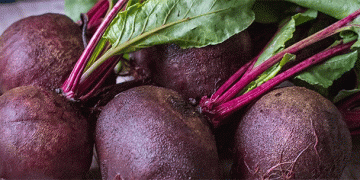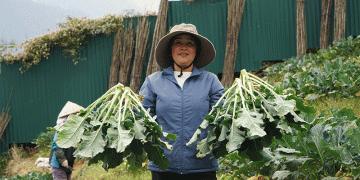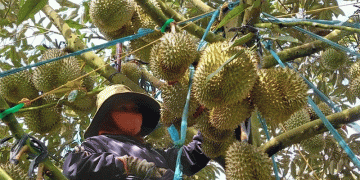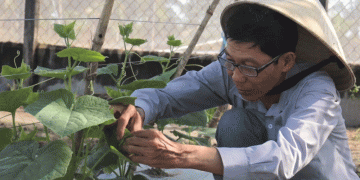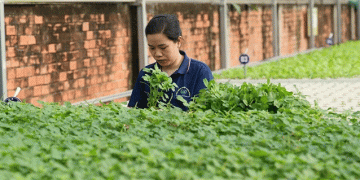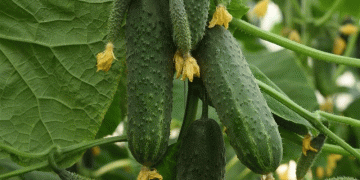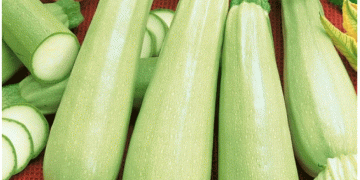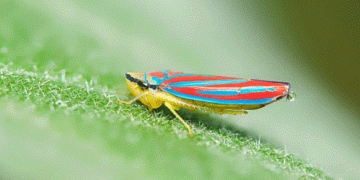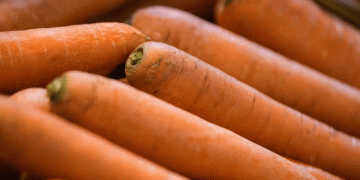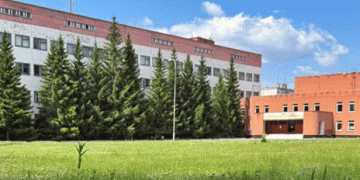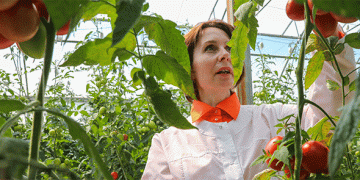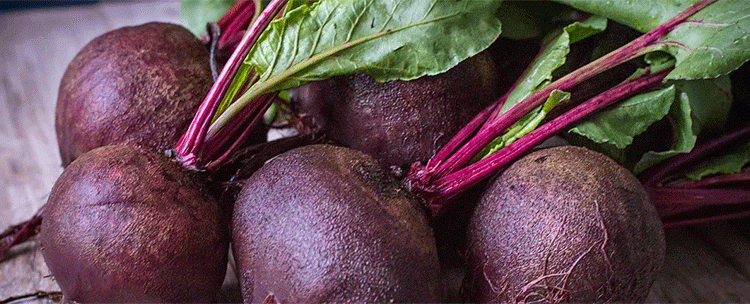A quiet revolution is underway in Ukrainian table beet fields, driven not by new seed technology or climate change, but by supermarket shelf requirements. As noted by Igor Dydyv, an associate professor at Lviv National University of Natural Resources, the industry standard for fresh market beet diameter has shifted from 10 cm to a precise 6-8 cm. This new specification, deemed the most marketable, is fundamentally altering decades of agronomic practice, placing plant population density at the center of profitability.
The Density Dilemma: From Processing to Fresh Market
The primary lever for controlling root size is plant population per hectare. Dydyv provides clear, critical thresholds:
- Processing Market: A density of 300,000 plants/ha results in larger beets weighing 500-800g, which are now suitable only for processing (e.g., canning, juicing).
- Fresh Retail Market: Achieving the desired 6-8 cm size requires a significantly higher density of 400,000–500,000 plants/ha. This intense competition for resources among plants naturally restricts individual root size.
This shift presents a complex economic calculation for growers. While increasing density can produce more units of the premium-priced “class I” product, it also increases seed costs and requires impeccable agronomic management to ensure uniform emergence and minimize plant loss. Dydyv cautions that even at 500,000 plants/ha, late sowing can still result in beets failing to reach the required standard size, underscoring the interaction between density and sowing date.
Global Context and Yield Considerations
This trend toward smaller, “baby” vegetables is a global phenomenon, driven by consumer demand for convenience, portion control, and perceived tenderness. Research from the European Vegetable Institute confirms that precision seeding for optimal stand establishment is the cornerstone of modern vegetable production, directly impacting uniformity and the percentage of marketable yield.
Dydyv notes that with optimal agronomy, potential yields in Ukraine remain high at 50-70 t/ha, depending on soil type. However, the key metric is now shifting from gross tonnage to the percentage of the harvest that falls into the 6-8 cm size bracket. A hectare yielding 60 tons of oversized beets destined for processing is far less profitable than one yielding 50 tons of perfectly sized fresh market beets.
The Agronomic Challenge: Precision and Timing
Achieving a stand of 500,000 uniform plants per hectare is a significant technical challenge. It requires:
- Precision Seeders: To ensure accurate spacing and reduce the need for wasteful over-seeding and subsequent thinning.
- High-Quality Seed: Using pelleted and monogerm seeds to guarantee single-plant emergence per drop.
- Optimal Sowing Timing: Sowing as early as possible within the agronomic window to maximize the growing season and ensure roots have enough time to develop to the exact market standard, even at high densities.
The evolution of the beet standard in Ukraine is a powerful example of how end-market consumer preferences directly dictate primary production strategies. Growers can no longer focus solely on maximizing gross yield; they must now become experts in precision population management to produce a specific, premium product. The profitability of a beet crop is increasingly determined by the sophistication of seeding technology, the timing of operations, and the meticulous management of the crop stand. This move towards hyper-specific sizing is a clear indicator of a maturing and consumer-driven fresh produce market, demanding ever-greater precision and adaptability from farmers.
